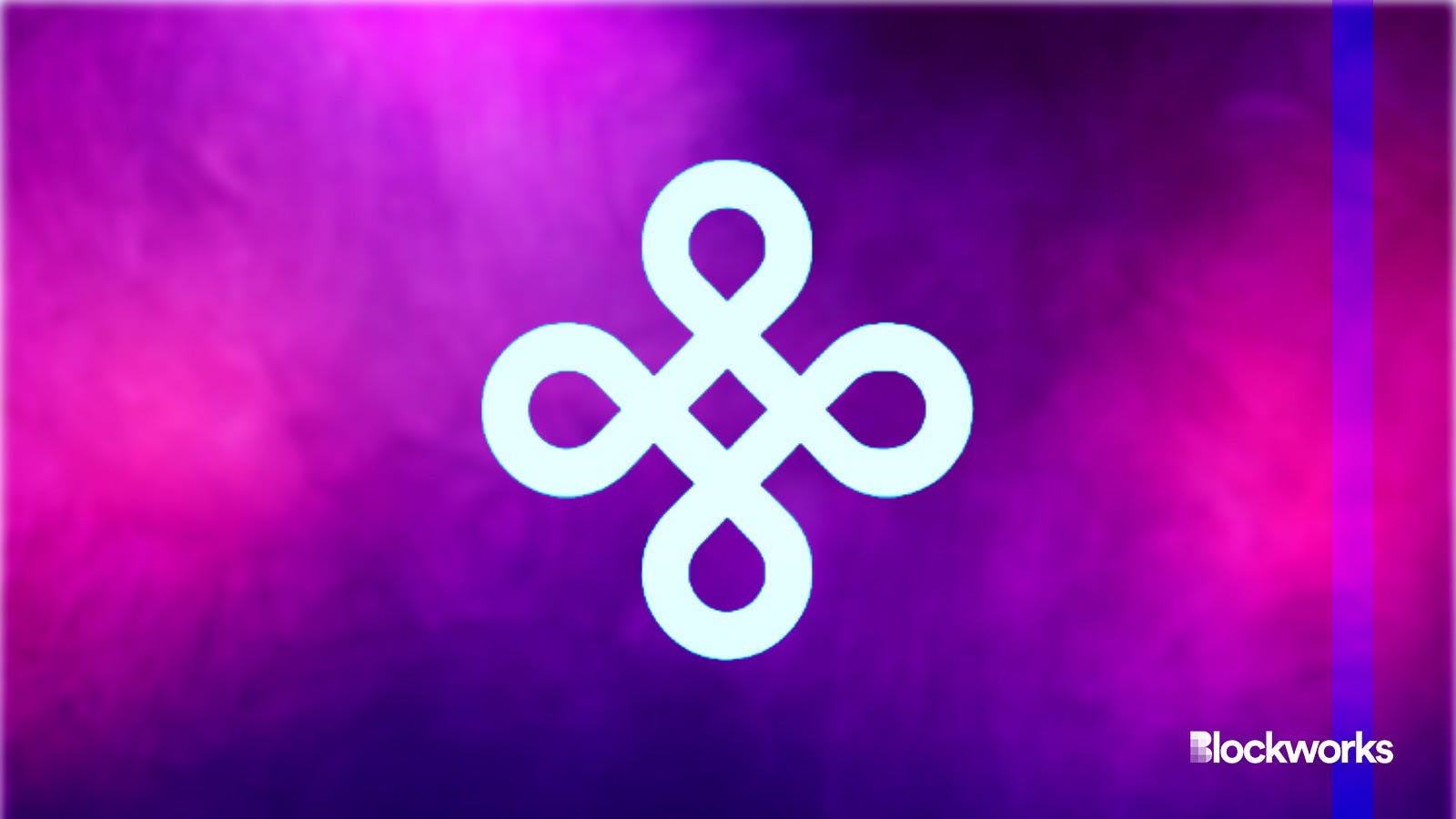Dymension fails to reach consensus because of bad validator set
Chorus One, a majority validator at Dymension, ran into node issues

Dymension and vitek3ds/Shutterstock modified by Blockworks
Dymension’s mainnet launch has encountered significant challenges due to consensus issues among its validators.
Chorus One, the ecosystem’s largest validator, has experienced node issues that disrupted its ability to participate effectively in the consensus process. This is particularly concerning given that Chorus One holds 34.8% of the network’s voting power.
In blockchain technology, validators are individuals or groups that lock up tokens and run software that can store and verify data to ensure its accuracy.
Achieving consensus — a mutual agreement among validators on the validity of transactions — is critical to the blockchain’s operation. It safeguards the network against fraudulent activities and ensures that only verified transactions are recorded.
Read More: The beginner’s guide to consensus mechanisms
To prevent malicious transactions, validators must agree, or reach a “consensus.” Failure to do so may lead to a network shutting down.
For a network like Dymension, which seeks to leverage modular blockchain architecture to offer superior performance and customization, maintaining a cohesive and stable group of validators is essential for its success and reliability.
The majority of blockchains today require 66% of the stake to agree on a topic before it can achieve consensus.
In the case of Dymension, however, the failure of its largest validator meant that regardless of whether or not other validators had operative nodes, the network itself could not reach consensus.
Dymension has not responded to Blockwork’s request for commentary before publication time.
Chorus One noted in a post on X that all Dymension validators are currently coordinating to perform a restart. The team stated that it will join the chain as soon as the issue is resolved.
“We are addressing an issue on our side that led to a less than ideal launch experience for the Dymension mainnet ~2 hours ago,” Chorus One wrote.
The team notes that the cause of the issue is still unknown, but likely relates to the network’s node software.
“We followed all the guidelines issued by [the] Dymension team, so this might be some subtle bug in the node software,” the company wrote.
It added that the reason it held over 33% of the network stake is that it had been an early Dymension supporter who had staked a significant amount of its DYM token in the genesis block.
“Other early-stage investors didn’t stake to genesis, which led us to have 34% power in the failed launch,” Chorus One wrote.
Get the news in your inbox. Explore Blockworks newsletters:
- The Breakdown: Decoding crypto and the markets. Daily.
- 0xResearch: Alpha in your inbox. Think like an analyst.






